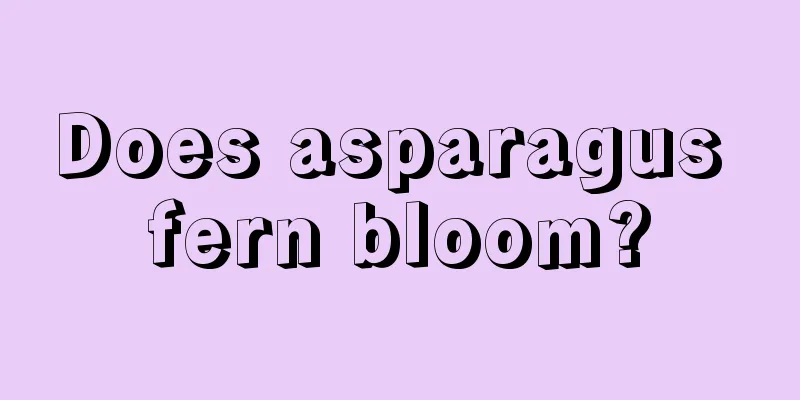Management techniques for strawberries in March

|
As March approaches, the temperature gradually rises and strawberries enter a critical growth period. At this time, the ripe fruits should be picked in time, and water and nutrients should be replenished to ensure the normal growth of the plants and lay the foundation for high yield. Let’s learn about strawberry management techniques in March. 1. Cold and heat preservation Although the temperature rises in March, you still need to keep warm. The time for putting down the straw thatch should be flexibly adjusted according to the outside temperature. When the greenhouse temperature is below 12℃, the straw thatch should be put down in time. While ensuring the temperature, try to extend the lighting time. In case of continuous snowy weather, the ventilation time can be appropriately reduced and thatch can be covered in advance. Coal fire should be avoided for heating in the greenhouse to prevent harmful gases from harming the plants. In rainy and snowy weather, the snow on the greenhouse film and straw thatch must be cleared in time to ensure the insulation effect. 2. Fertilizer and water management March is a critical period for the flowering and fruiting of strawberry side flower buds, and reasonable fertilizer and water management is essential. If there is insufficient fertilizer and water at this time, it will easily lead to premature aging of the plants and affect the overall yield. According to the growth of strawberries, appropriate amounts of water and nutrients should be added to ensure healthy growth of the plants. 3. Temperature and humidity control In March, special attention should be paid to the temperature and humidity management in the greenhouse: the temperature should be controlled at 20℃~25℃ during the day and 6℃~8℃ at night. The humidity is controlled at 60%~70%. After watering, ventilation needs to be strengthened and humidity reduced. At the same time, the greenhouse film needs to be cleaned regularly to increase light transmittance and create a good environment for strawberry growth. 4. Pest and disease control March is the peak season for strawberry diseases and pests, so we need to do a good job of prevention: Clean the plants: remove old leaves, diseased leaves and remaining fruit stalks promptly to reduce the source of disease. Spraying foliar fertilizer : regulates plant growth and promotes healthy development. Disease prevention and control: Focus on preventing strawberry powdery mildew and gray mold, especially in low-temperature and low-sunlight weather, when gray mold is prone to occur. The plants need to be checked every day and diseased fruits should be removed promptly. Pest control: After the temperature rises in mid-to-late March, the humidity in the greenhouse decreases, and pests such as aphids, thrips, and red spiders are prone to occur. The plants need to be checked regularly and pesticides should be used promptly if pests are found. 5. Notes 1. Reasonable picking: Pick ripe fruits in time to avoid over-ripening that affects quality and plant growth. 2. Ventilation: Ventilate regularly to keep the air circulating in the greenhouse and reduce the chance of diseases and pests. 3. Clean the greenhouse film: Regularly clean the dust and debris on the greenhouse film to maintain good light transmittance. The above is an introduction to the key points of strawberry management in March. You can refer to it according to the actual situation and do a good job of management to achieve high strawberry yields.
|
<<: Grape Management Techniques in March
>>: Management techniques for kiwifruit in March
Recommend
Cherry pot planting method
Variety selection Cherry is a cross-pollinated fr...
What is the best month to plant soybeans in spring?
When to plant soybeans in spring In spring, soybe...
How to grow heather on the balcony, what should be paid attention to
1. Lighting It has a greater demand for sunlight ...
Strawberry planting conditions, climate and temperature requirements
Strawberry Introduction Strawberries are rich in ...
What to do if the rubber tree grows crooked
1. Phototropism Sometimes we find that plants gro...
What is the reason for gardenia buds to drop?
1. Excessive watering 1. Reason: If you water it ...
When is the best time to plant lemons?
Lemon planting time Lemon can be sown once a year...
The reason why white palm turns green
1. Natural causes Reason: The change of white ant...
Just learn a few simple tricks and your bougainvillea can grow into a waterfall and bloom into a sea of flowers!
How to water bougainvillea Water once every five ...
How to grow a money tree
1. Soil The money tree has slightly fleshy tubero...
When visiting the flower market during the Chinese New Year, avoid these 3 types of flowers because they cannot survive if you buy them home!
1. The leaves are too shiny When visiting the flo...
What is the meaning of the palace lantern longevity flower
Meaning Since the name of the palace lantern kala...
Goose breeding technology and feeding management
In the goose farming industry, understanding the ...
To grow Clivia, you must learn these “3” propagation methods. You can grow 20 pots without spending any money!
1. Cutting method Generally, the cutting method i...
The efficacy and function of taro
1. Ornamental value With its large leaves and rhi...









